By Ritika Jain
Looking to admire or purchase historically significant works of art? Head over to Artistoric.com, an online retail gallery devoted to showcasing exquisite ceramic pieces all made prior to the 1900s. A brief scroll through the collections presents an array of timeless, aesthetic designs on mugs, vases, tile, plates, and other dishes from all over the world. Each object is paired with elaborate research detailing its dimensions, artistic origins, and historic significance to the time period it was created in.
Artistoric started in 2020 during the pandemic, when co-founders Bailey Tichenor and Michael Assis sought out to curate a collection that paid homage to decorative arts and material culture, subjects they are both highly educated in. Tichenor sat down with The High End to expand on how the gallery came about and her long-held passion for art history.
The gallery director recounts channeling her love for antiques in high school by selling vintage wares and jewelry made from antique pieces. She then decided to major in art history in college, and went on to earn her master’s degree in the subject at Bard Graduate Center, where she met Assis. Her first love, she says, was collections management, which she developed while working in the collections departments of a few museums in Nashville.
She was most recently the curator at the Historic House Trust of New York City, where she oversaw the curatorial and collections affairs of the organization’s 23 historic houses.
Assis, who heads the gallery’s research program, has had prior experience managing private collections and is now a doctoral candidate at Bard Graduate Center, specializing in Medieval, Renaissance, and Baroque European arts for digital spaces. Now married, the couple is fulfilling their dream of owning and operating a gallery that celebrates their passions.
Speaking of their initial inspirations for the gallery, Tichenor relays that she and Assis “noticed that a growing interest in decorative arts and material culture in academia and museum contexts has started to trickle into the art market. More and more people are finally beginning to view these things as the works of art that they are, much like how we’ve felt throughout our entire lives.”
Material objects have the power to tell stories and preserve different moments in time, proving that art and history have always been interconnected. Many of the beautiful artifacts displayed in the gallery harken back to previous art movements and social contexts.
“A useful way to look at it is through the idea that art resonates with other social, cultural, and economic structures within the context in which it is made, and also influences them. It’s an intricate mesh, and as historians, we find this out by rooting objects in their contexts, identifying parallels, and forming scientific arguments that are based on physical evidence and a wide variety of theory and methodology that stands at our disposal,” explains Tichenor.
This relationship between art and history allows objects from bygone eras to connect with audiences today. Tichenor provides the example of Victorian pie dishes from the 1860s, which she says embodies the same concerns of exploitation of natural resources and predatory capitalism we face today. One of the most striking pieces featured in the gallery is of this sort, designed as a wicker basket with the lid depicting real-life imagery of a dead rabbit, mallard, and crow resting on a bed of leaves.
“The stories, the contexts, the feats, and the roles these objects played in history all make the pieces in our collection much more than mere antiques. It makes them meaningful and significant traces of an expansive past that personally connects people to something larger,” says Tichenor.
Artistoric is founded on the basis of research, not unlike museums, infusing a visual experience with valuable knowledge that allows audiences to build an intimate connection to these works of art. Tichenor explains that resources like relevant literature, scholarly articles, past auctions, and primary sources are used to gain more background on an object. This approach aims to bridge the gap between galleries and museums, offering consumers access to pieces of history that have transcended time.
Running the gallery also allows the co-founders to delve into forms of art they are unfamiliar with. For Tichenor, an example is the vibrant, decorative majolica collection.
“I’m also proud of our small but mighty majolica collection, which we explore in depth through our digital exhibition The Majolica Movement. Prior to curating the exhibition, my experience with Victorian majolica was limited, so the project provided the opportunity to learn more about this fascinating medium. One of the best perks of the job!”
Interested customers can browse through the selection of ceramic pieces on the gallery’s website as well as check out its creative online exhibitions, which showcase a distinct object or material with an assessment of its history and related art movements. Artistoric is a concept well executed, merging beautiful photography with thoughtful research to promote decorative arts as an art form.
Having opened the gallery in the early days of the pandemic, Tichenor and Assis hope to attend more in-person events in the future, engage with new technologies, and work with additional guest scholars, building a positive community for art lovers and history buffs all around.


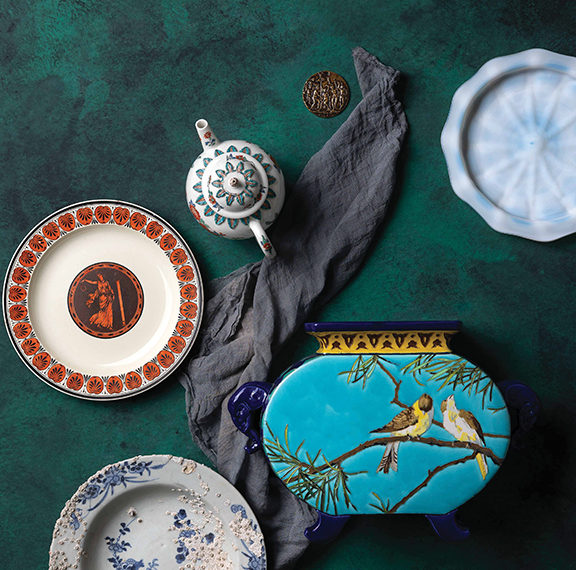
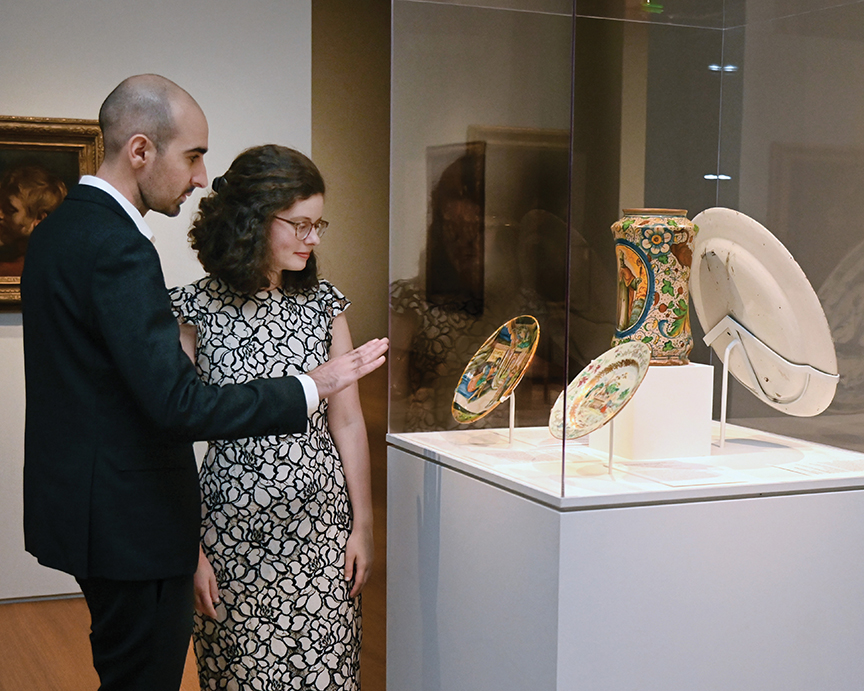
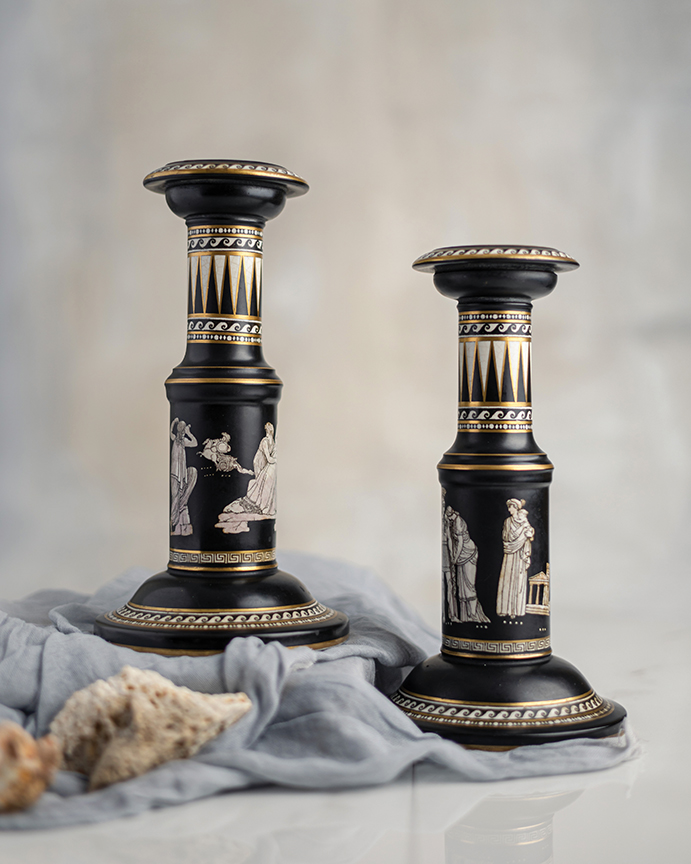
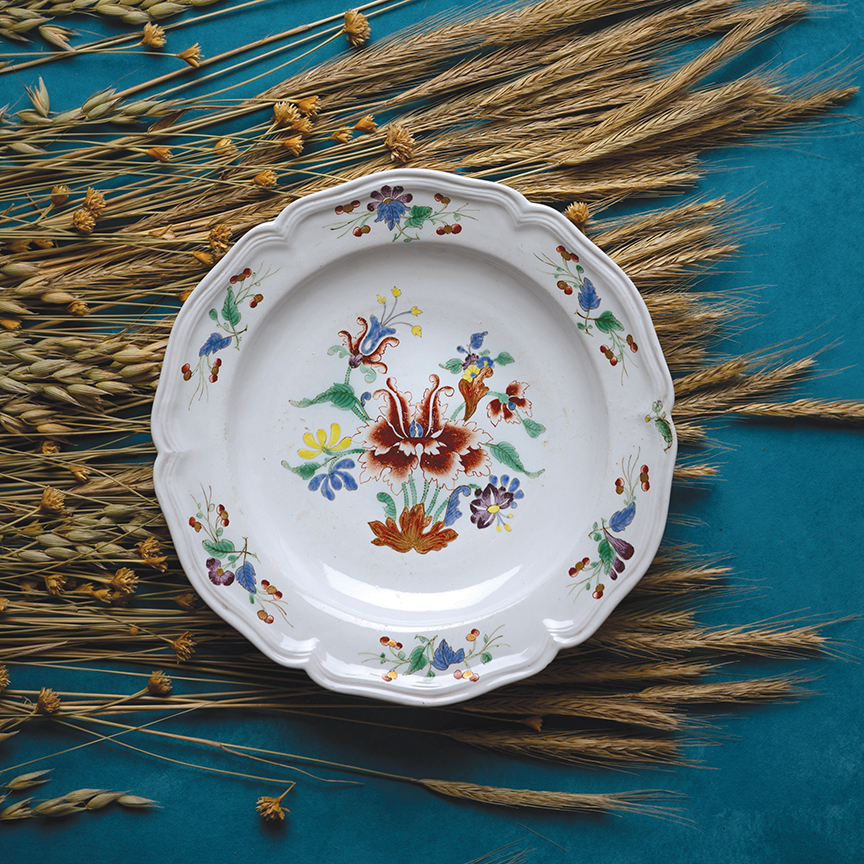
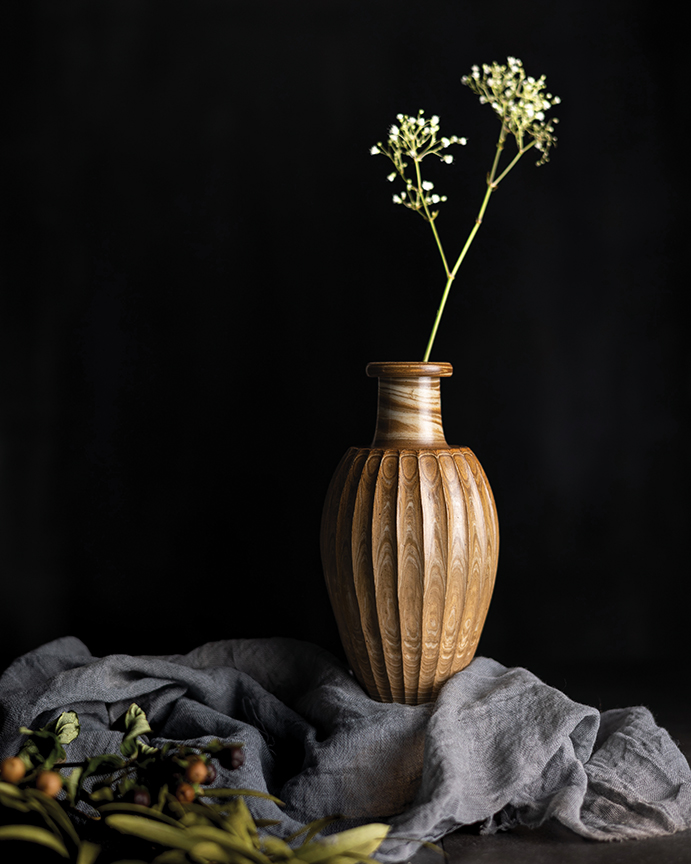
Leave a Reply